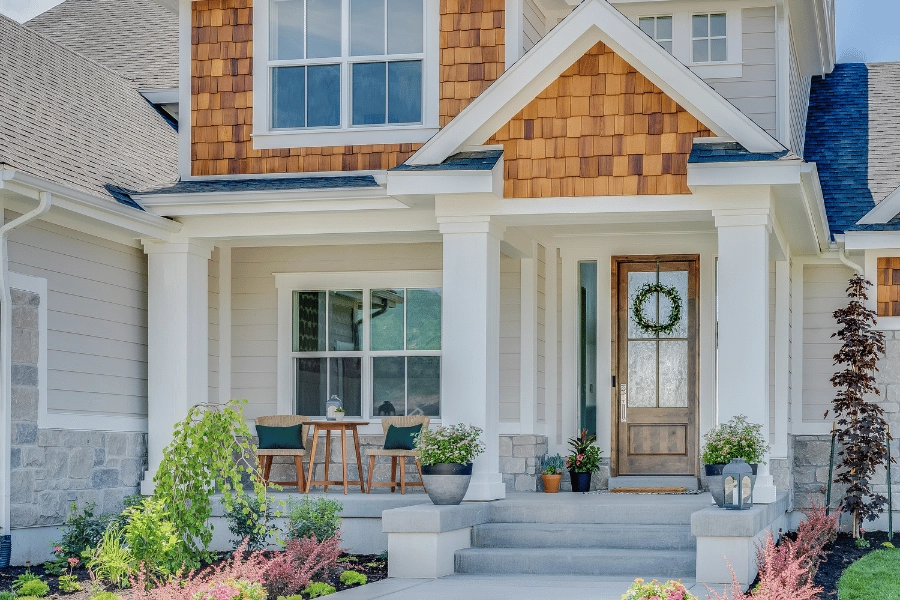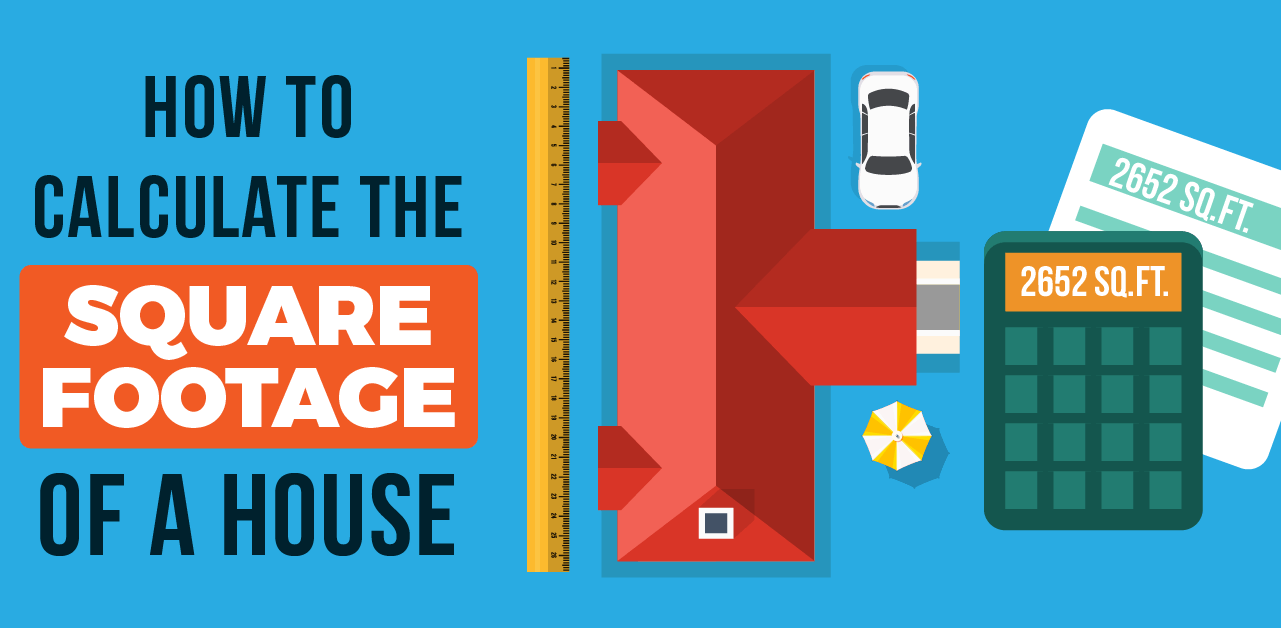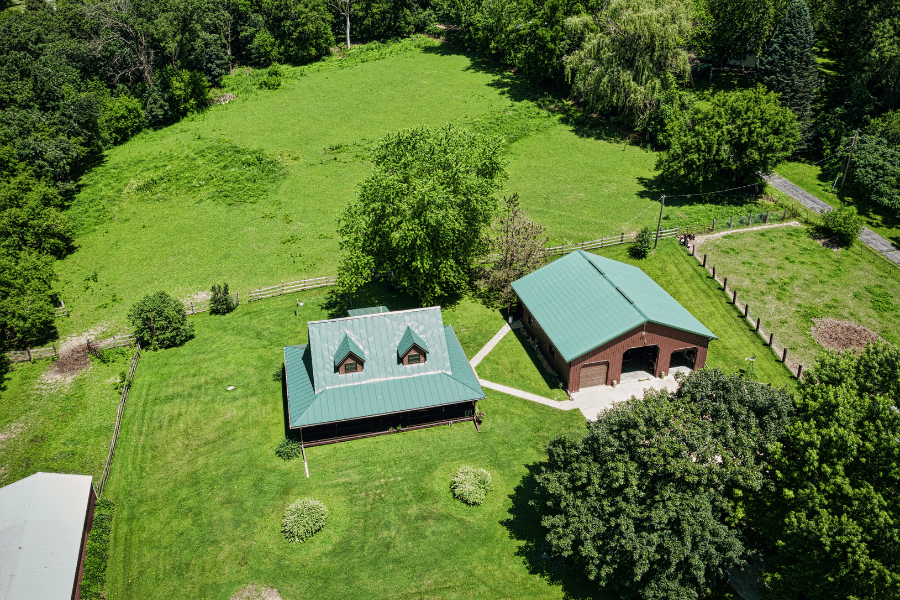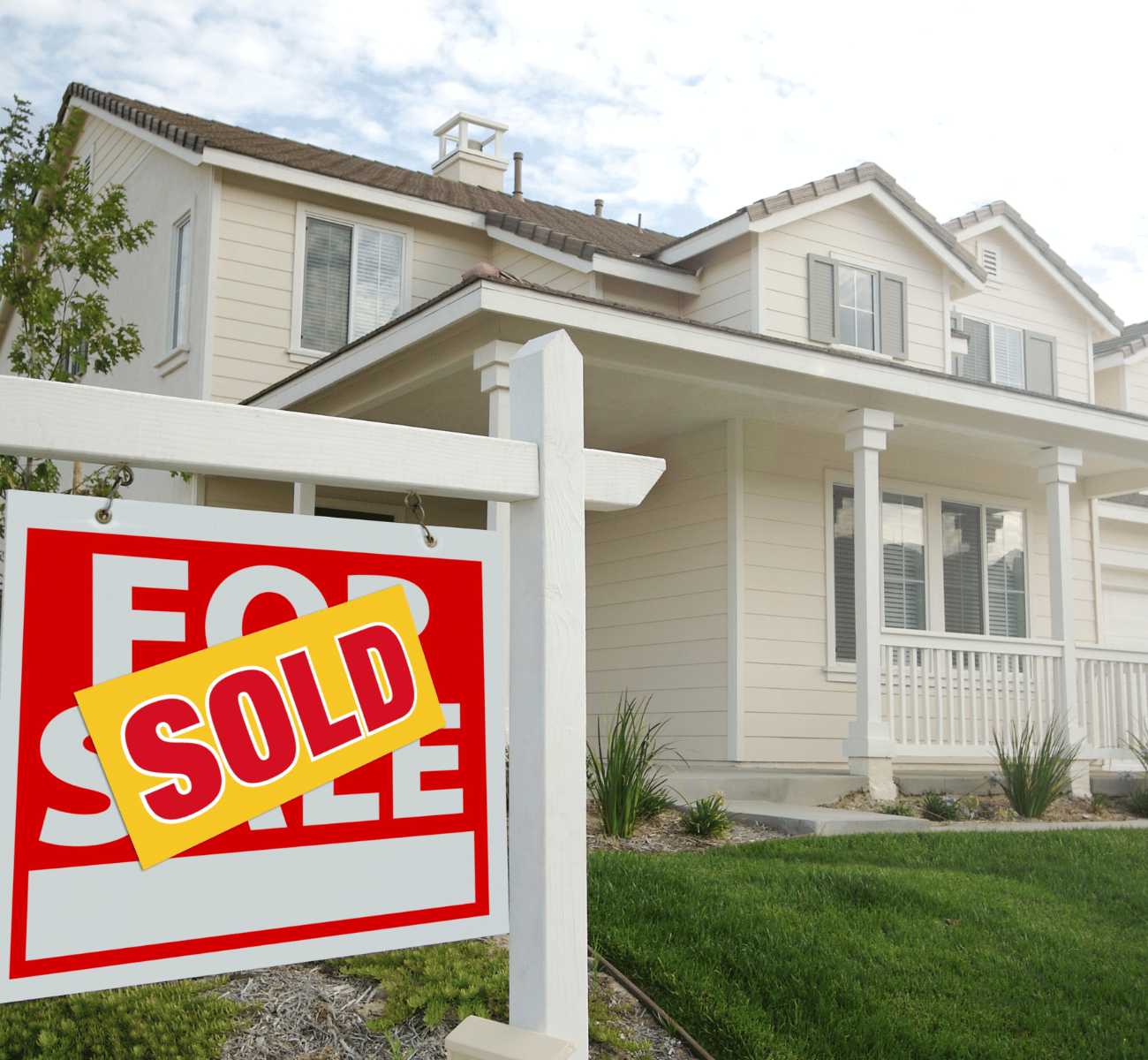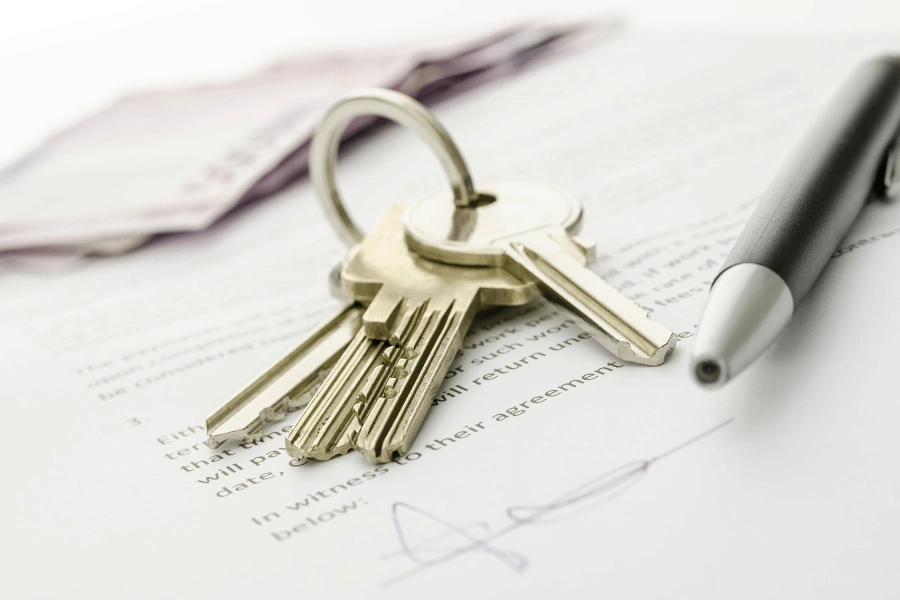Average House Size in the United States
What is the average American home size? Here is what you need to know about the average house size in the United States and how it has changed over time.
Homeownership has been part of the American Dream for generations, and up to 78% of people think owning a home is a critical milestone on the pathway toward success. Not only is homeownership a good investment, but having somewhere to live that is completly your own allows for the freedom to personalize and remodel, which can also further increase its value.
While most Americans prefer bigger houses, home sizes vary across the country, with some states having larger homes than others. The average home size is constantly changing due to buyer preferences and affordability. If you are considering purchasing a home, read on to learn about the average home size in the United States and how home sizes have changed over time based on demographic shifts and the economy.
Check out the average home size in the United States and how it is constantly changing over time
1. Average Size of a House Today
The average size of a home in the United States has fluctuated over time, but the size of a detached single-family home has increased noticeably since the 1980s. For a long time, Americans have operated under the 'bigger is better' motto, most notably in 1981, when the median size of homes purchased increased rapidly and remained steady for over a decade.
In 1981, most buyers were purchasing homes with a median size of 1,700 square feet, and by 1993, the average size of a single-family home was the highest it had ever been, at 2,000 square feet. This trend towards larger homes in the 20th century was driven by the rise of suburban neighborhoods and a desire for more space and amenities for families.
Throughout much of the 2000s, the average size of a home remained between 1,920 and 1,940 square feet. Once the first-time home buyer tax credit was introduced to the public to encourage more homebuyers, the median size of a home fell to 1,850 square feet before rising back to 2,000 square feet between 2000 and 2015.
By the early 2020s, the average home size had skyrocketed between 2,200 and 2,300 square feet. According to the U.S. Census Bureau, the median size of a completed single-family home in 2023 was 2,233 square feet. Today, in 2025, the average size of a single-family home is around 2,200 square feet, which shows a shrinking trend toward smaller homes.
Data shows that the median home size peaked in 2015 at 2,467 square feet and has slowly declined every year since. While house sizes certainly depend on the location and individual needs of homeowners, this nationwide size decline can be attributed to changing demographics, household sizes, and affordability concerns of new-construction homes.
.png)
2. Homes are Getting Smaller, But Prices Are Rising
The size of new single-family homes is getting smaller year after year. While home size jumped significantly in the 1980s and 1990s, recent years show trends of home sizes shrinking to meet current homeowner needs. The shrinkflation phenomenon is hitting homeowners in the United States hard all over the country, where homes are getting smaller while prices continue to rise.
Today, high home prices can make homeownership feel like an out-of-reach dream for many Americans. Real estate market predictions for 2025 expect existing home sales to rise by 9% while new home sales rise by 11% in price. The current forecast for home prices in 2025 shows a median home price of $410,700, a 2% increase compared to 2024.
Factors such as inflation, increased construction costs, and overall affordability issues are all why people now pay more for smaller properties. Labor costs and building materials have increased, making building homes more expensive than ever. With increased demand for new single-family homes, builders must raise prices or make homes smaller. Due to this, most builders opt for reduced square footage to sell more homes and appeal to homebuyers with affordability concerns.
Land prices are also rising, significantly impacting home prices, particularly in areas with high demand and increasing population. As populations shift towards cities, land prices are expected to experience year-after-year growth, which directly contributes to increased development costs. People moving to Raleigh and the Triangle area can expect these prices reflected in residential properties in and around the city.
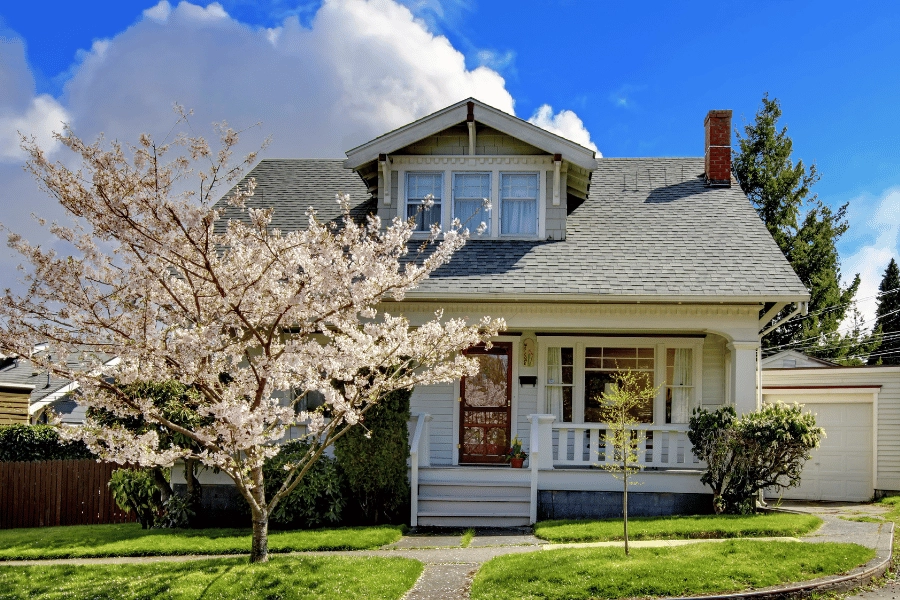
3. Average Desired House Size
With the average home size shrinking across the United States, the question becomes: How big of a house do Americans actually want? According to recent data, most Americans still desire space and look for homes between 2,000 and 3,000 square feet. On average, the ideal square footage per person is about 600 to 700 square feet.
While most homebuyers tend to opt for slightly larger homes, the overall consensus is that many Americans would prefer a beautiful mid-size home in a nice neighborhood over a huge house. Even though larger homes are nice to have and offer lots of space per person, they are typically more challenging to take care of, require more maintenance, can be difficult to clean, and have higher utility costs than smaller homes.
A study by the National Association of Home Builders showed the square footage range vs. the percentage of U.S. homebuyers who want a home of that size. Here is what was found:
| Square Footage Range | % Of Buyers Who Want a Home This Size |
| Under 1,200 square feet | 8% |
| Between 1,200 to 1,599 square feet | 18% |
| Between 1,600 to 1,999 square feet | 21% |
| Between 2,000 to 2,999 square feet | 38% |
| Between 3,000 to 3,999 square feet | 8% |
| 4,000 square feet and over | 6% |
*Data Sourced from the National Association of Home Builders.
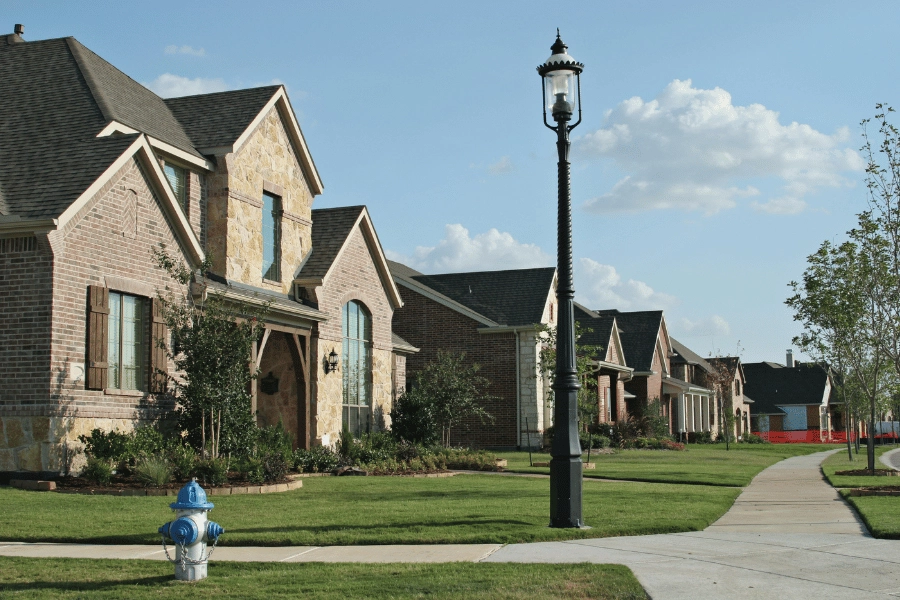
4. Pros and Cons of Buying a Home With More Square Footage
Buying a larger home with more square footage can benefit larger families and provide lots of space for daily activities and entertaining guests. However, having excessive space can also lead to disadvantages, especially if you have a small family and do not need extra room.
Here are the pros and cons associated with buying a home with more square footage:
| Pros of Buying a Home With More Square Footage | Cons of Buying a Home With More Square Footage |
| More space for daily activities and entertaining | Higher mortgage payments and property taxes |
| More privacy and personal space due to more rooms | Higher utility costs |
| Space to grow and expand your family | Increased maintenance and upkeep are needed |
| Can sell the home at a higher resale value | It may feel less cozy and intimate |
| Potential for rental income if the house is a multi-famly home | There may be extra rooms that sit empty and have no use |
| Rooms can be dedicated spaces rather than multi-use | It can be harder to sell and sit on the market longer than smaller homes |
5. What Square Footage is Right For You?
Square footage is the amount of space within a flat surface and shows how much space is contained within an area. When house hunting, paying attention to square footage is essential to finding a home that fits your family's lifestyle and space needs. There are certain things to consider when determining the proper square footage for your home, all while remaining within your budget.
Here is what you should think about regarding square footage:
Household Size
The first thing to consider when figuring out the best square footage for you and your family is household size. The reccommended space that each person requires in a household is between 600 and 700 square feet.
Following this guideline would mean a family of four should search for a home at least 2,400 square feet. Remember that this is an ideal suggestion and does not have to be followed precisely if budget or availability concerns exist. Families with younger vs. older children will also have different space needs.

Lifestyle Needs
When determining the proper square footage for your home, consider the activities you like at home and the space you will need based on your lifestyle. Do you work from home? Do you want a home gym? Do you plan on hosting parties and entertaining guests frequently? These are all questions to ask yourself before making a home-buying decision.
Specific Room Requirements
Think about the specific rooms required in your dream home, the size of each room based on your lifestyle, and what the room will be used for. When considering square footage and size requirements, standard rooms include bedrooms, bathrooms, a kitchen, and a living room.
Planning For the Future
If you anticipate growing your family and changing the household size by having children in the future, you might be inclined to purchase a house with room for family growth. If you buy a bigger home, you can accommodate an expanding family later.
.png)
FAQs
What was the average size of a house in 2000?
According to the National Association of Realtors, the median size of a detached single-family home in the United States was around 1,920 to 1,940 square feet throughout the early 2000s. This size remained steady between 2004 and 2009.
What is a good size house for retirement?
While there is no perfect size for a retirement home since everyone's needs are different, the average home size in active-adult communities where residents are 55 years old and over is between 1,500 and 1,800 square feet. According to Southern Living, 1,500 square feet provides just the right amount of space but not more than you will need or use, making it the prime square footage for retirement.
At what point does a house become a mansion?
Many real estate professionals consider a home a mansion once it has at least 5,000 square feet of space, but others might think so once it exceeds 8,000 square feet. Not every large house is a mansion, and the qualifying size might differ depending on the location.
Methodology
To determine the average house size in the United States, data and information were sourced from the National Association of Realtors, Yahoo Finance, U.S. News and World Report, the Washington Post, the National Association of Home Builders, and the U.S. Census Bureau.
The Average Size of a House - Final Thoughts
Over the past few years, the average size of new single-family homes in the United States has decreased. This shift towards smaller spaces shows Americans seek affordable options amid high home prices and mortgage rates. Smaller homes are also easier to maintain and appeal to millennials and younger generations who would rather spend time traveling or hanging out with friends and family than keep a large house if they do not need the extra space.
If you are moving to Raleigh, there are plenty of new single-family homes throughout the city and the surrounding Triangle area for sale that are just the right size. The experts at Raleigh Realty are here to help you find your dream home in an up-and-coming neighborhood with the proper square footage for you and your family.
